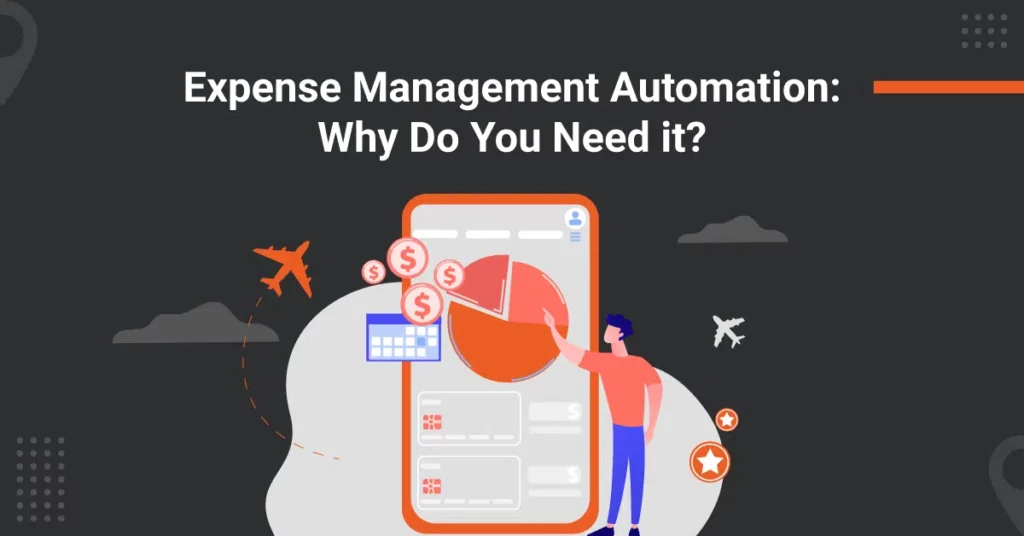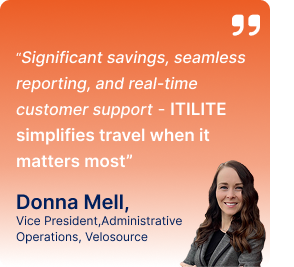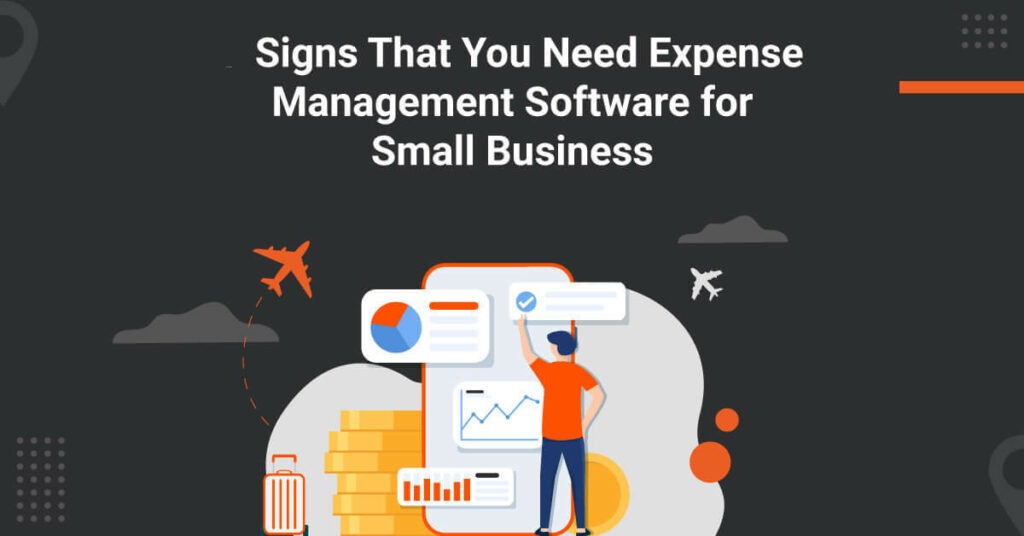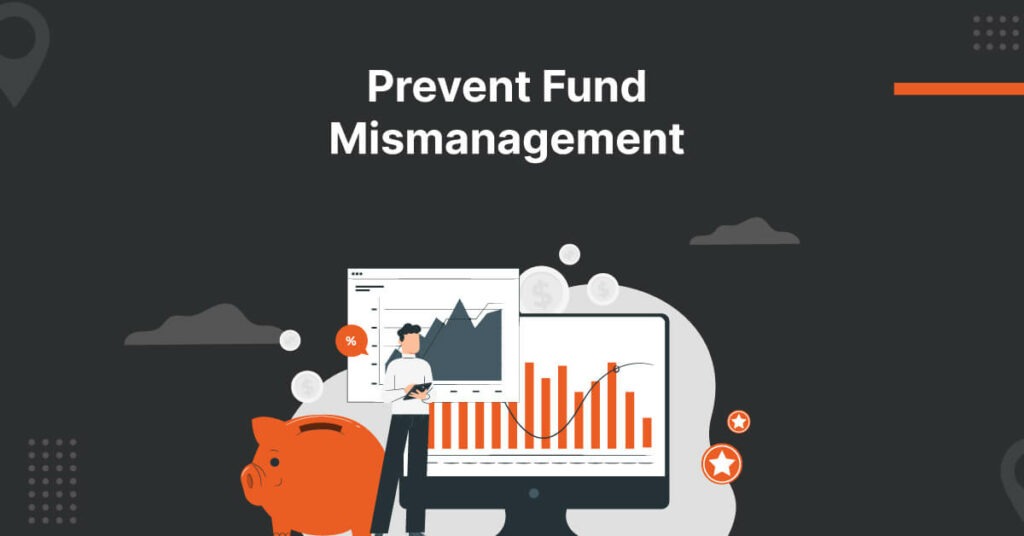
Expense management is one of the critical processes in a company. It helps you optimize budgets, track cash flows, and comply with tax regulations. However, despite the advent of modern technology, some companies still prefer the inefficient manual expense management process rather than adopting expense management automation tools.
But why do you need to automate your expense management process? Why should companies move on from manual expense management and incorporate an automated expense system? Looking for help in framing expense policy template?
Let’s find answers to these questions here.
The Manual Expense Management Process
Managing and filing business expenses manually involves the use of paper or spreadsheets. Here is how the process takes place:
- The employee needs to save the receipts of all the business expenses they incur, which they must attach with an expense report (on paper or spreadsheet) every month.
- The report then goes to the approver (maybe your manager or a senior executive), which can sit at their desk for days.
- The report is sent to the accounts payable team, which needs to validate the receipts with report entries for any error or policy violation.
- If the report seems valid, the employee is reimbursed. If not, the report shall go back to the employee, and the entire process must be repeated.
Looks tedious, doesn’t it?
Drawbacks of a Manual Expense Management Process
1. Time-consuming
The manual expense management process takes weeks to process. When an employee files the business expenses, it needs to go through an entire circle of approval processes before it gets approved.
If the approver ignores the expenses at any step, it just stays with him forever. They need to be reminded every now and then to approve the expenses.
2. Tough to manage
The manual expense management process is a clumsy one. It involves a lot of paper-based receipts for the finance team, burying them in a heap of paperwork. Not to mention if any expense gets lost in the process, there is no audit trail to track it.
Moreover, employees find it quite confusing to track their requests; it is usually after the approval that they get to know about the status.
3. Costly to sustain
Deploying a manual expense management system for your organization requires physical resources, such as paper, stationery, etc. Hence, as the process expands, you need more and more space for storing the pile of papers.
You know very well that real estate expense is sometimes not affordable even to accommodate the employees. Would you want a bigger space just to keep the expense reports organized?
4. No fraud detection
Whenever there are finances involved, fraud becomes a part of it. However, when the finance team is handling expenses on paper, there is little scope for detecting any fraudulent behavior because it all needs to be done manually.
The finance team tallies the expense data with the receipts, cross-references them with the travel data, and ensures everything is in order before approving – all manually.
5. Tough to comply with policies
Employees don’t usually go through the policies when filing expenses on paper or spreadsheets because there is no visibility of the expense policy at the time of filing. As a result, most employees ignore the policies and file expenses as they see fit, leading to several expense policy violations.
Moreover, the finance team must validate every expense with the expense policy, which is a headache. An expense policy template is a helpful tool to show how a company can reimburse an employee and what types of expenses their policy contains.
6. Difficult to analyze data
Analyzing expense data helps you identify the bottlenecks in the process, reduce unwarranted expenses, and manage budgets.
However, it is quite arduous for the financial team to analyze data in the case of the paper-based expense process. This is because they need to have enhanced visibility of all the data at once for expense analysis. The financial teams can’t identify spending patterns and employee behavior when the entire expense process is on paper.
7. Can’t avoid errors
To err is human. Employees often make errors while filing business expenses when they have to manually record the expenses from a receipt.
Moreover, for the finance team, finding errors in a manual expense management process is like finding a needle in a haystack. They need to process so many expense reports manually that sometimes even the most critical errors go unnoticed.
8. Stresses the employees
Employee productivity is one of the travel KPIs that most organizations analyze to ensure success. However, the tedious nature of the manual expense management process makes employees unproductive and stressed. They need to file each expense manually, accumulate receipts, and keep enquiring about reimbursement.
The conventional expense filing process makes the employees frustrated and distracted from the actual work.
What is Expense Management Automation?
Expense management automation is the process of automating expense management, such as approvals, reimbursements, and payments, with the help of expense management software.
An expense management automation system overcomes all challenges posed by the manual expense management system by streamlining workflows and bringing all the silos related to expenses on one platform. You can choose an expense reporting software based on the needs of your organization.
Automating Expense Management and Reporting Process
Automated expense reporting refers to the process of using software or tools to streamline and simplify the reporting and management of business expenses. Instead of relying on manual processes and paper-based receipts, automated expense management solution utilizes technology to automate various aspects of expense management, such as capturing receipts, categorizing expenses, and generating reports.
How Does an Automated Expense Management System Work?
Companies can automate expense reports, auditing, and reimbursement by choosing the right expense management software. Here’s how software can help implement an expense management automation system.
Expense report automation will help in following ways:
Expense Filing
Expense automation offers an interactive UI for employees to file their expenses easily. They can select the categories from the drop-down menu, upload receipts, enter the amount, and send it for approval.
Approvals
Once the employee sends it for approval, the approver gets notified via email or SMS. The approver can then approve the expenses on the same software. The approver also gets notified if an expense report violates the policy.
Reimbursement
Once the approver approves the expense, it goes directly to the finance team. The finance team can then validate the expenses on the same platform to reimburse the employees.
Note: You can also set up multiple workflows in the expense automation, in which case, the expense will go to the next approver.
Benefits of Automating an Expense Management System?
Here are some aspects that make an automated expense management system vital for a company.
1. Save Time
Automating expense management with a software solution saves time for both employees and the finance team. Firstly, the employees can upload receipts directly to the software and map them with the correct category.
Secondly, the finance team can filter the expenses by category, department, date, etc. They don’t need to go through heaps of paper to validate every single expense.
2. Reduce Errors
Automating expense management cuts down on expense filing errors as human intervention is reduced significantly. As the expenses are automatically filed when you upload the receipt, there is no chance of a manual error. Hence, automated expenses are more time and effort saving.
Moreover, when the expense automation reports go to the finance team, they don’t need to manually enter the data from the papers or spreadsheets into the accounting software.
3. Ensure Compliance
Expense management software offers real-time visibility of the expense policy. Whenever an employee files the expenses, a notification pops up for out-of-policy expenses. This reduces accidental expense policy violations considerably.
Moreover, the finance team also gets the same notification if the filed expense is out of policy. They can filter out all out-of-policy expenses at once and send them back to the employee.
4. Eliminate Fraud
With expense management automation, the finance team doesn’t need to check the expenses in the large pile of papers manually.
Expense automation offers automatic expense fraud detection and audit features where AI-based systems can identify duplicate expenses, expenses filed in the wrong category, and more.
5. Save operational costs
By opting for an automated expense management solution with an expense reporting feature, you can save a huge chunk of operational costs. This is because when you use the software, you only have to pay for its services. Hence, you need to buy heaps of paper, stationery, etc., for the office.
Moreover, as the software is completely scalable, you can store any amount of expense data for as long as you want without expanding your cabinet space.
Choosing the Right Automated Expense Management Software
The optimum expense management automation system can be created only if you choose the right expense software. Hence, before investing in a solution, ensure it has state-of-the-art features like receipt auto-scanning and automatic expense audit and fraud detection. Expense report automation helps you eliminate the most painful aspects of filing and processing reports . Automated expense reporting streamlines the entire expense management lifecycle, improves accuracy, and enhances efficiency for businesses of all sizes. While choosing an expense reporting software, consider your organization’s specific needs, budget, integration requirements, and user-friendly interface.
itilite is one such solution. The itilite expense management software automates core expense processes like filing, approval workflow management, and reimbursement. Through automated filing, your employees can submit their claims quickly. Automated approval workflow management allows your finance team and other approvers to approve the claims on time, which ultimately leads to faster reimbursements.
Get a demo of itilite now to try out all its features at no cost.
Frequently Asked Questions
An automated expenses system is a digital solution that simplifies managing and reimbursing business expenses. It allows employees to submit expense reports electronically, streamlining the submission and approval process. The system automates expense categorization, receipt capture, and approval workflows, reducing manual effort and errors.
An automated expense system simplifies expense management by allowing employees to submit expense reports digitally. Managers can review and approve expenses online. The system integrates with accounting software for seamless reimbursement and financial reporting.
Using an automated expenses system significantly streamlines expense management processes, freeing up valuable time and reducing administrative burden. It improves accuracy and compliance by enforcing expense policies and automating approval workflows. Real-time visibility into expense data enables better decision-making and cost control.












